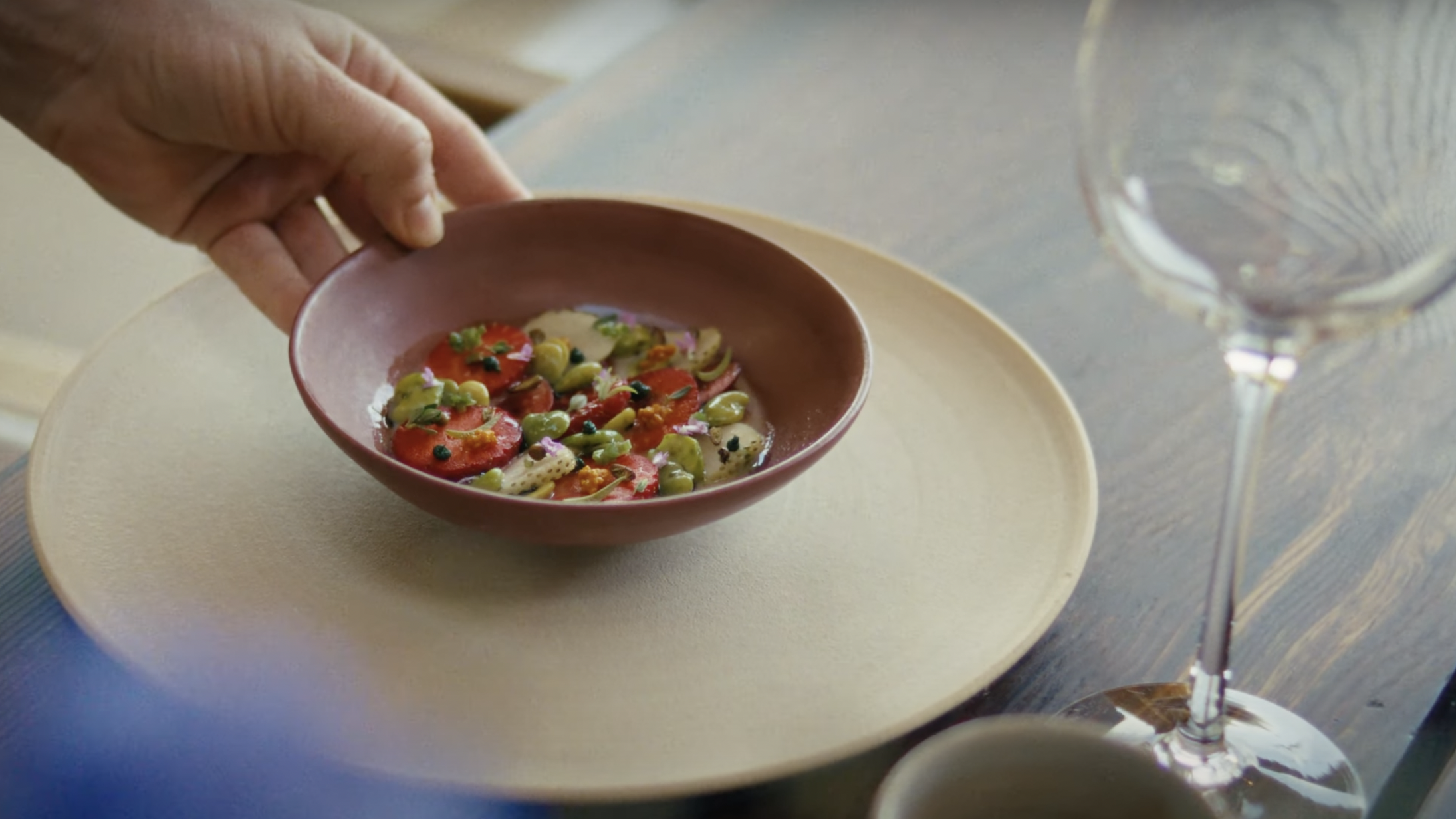Noma Is Closing, But Fine Dining Was Already In Trouble
The closure of the world's best restaurant only underlines the fact that fine dining is a sinking ship.
Over the past few years, it has become easier and easier to skewer the world of fine dining. Most recently, The Menu (now streaming on HBO Max) highlighted the ways in which unreasonable expectations from diners and chefs alike make continuous innovation at high-end restaurants completely unsustainable. Sure, the horror comedy film conveys this message in the most over-the-top, violent way possible, but the underlying sentiment is truer than any of us might want to believe. The upcoming closure of Noma, one of the most famous restaurants in the world, all but confirms it: Haute cuisine is in deep trouble.
Why Noma is closing
Noma opened in Copenhagen in 2003 and quickly gained acclaim for its focus on foraging and new Nordic cuisine. Throughout the past two decades the restaurant has gained three Michelin stars and been named one the best restaurants in the world several times, taking the number one spot in the list of The World's 50 Best Restaurants in 2021. But this week Noma announced that by 2025 the restaurant will be no more. On its website, the statement reads:
Winter 2024 will be the last season of noma as we know it. We are beginning a new chapter; noma 3.0.
In 2025, our restaurant is transforming into a giant lab—a pioneering test kitchen dedicated to the work of food innovation and the development of new flavors, one that will share the fruits of our efforts more widely than ever before.
The New York Times reports that this move comes amid a reckoning in the restaurant industry as it grapples with poor treatment of restaurant workers, especially those in fine dining who work long hours (and often endure harassment) for little pay. Noma in particular has recently faced criticism for relying on unpaid interns to help create its $500 tasting menus. In 2015, Noma chef René Redzepi wrote an essay admitting to verbally and physically bullying his staff, citing the challenges of breaking the cycle of a toxic kitchen culture.
"It's unsustainable," Redzepi told The New York Times of the current fine dining model. "Financially and emotionally, as an employer and as a human being, it just doesn't work."
Chef Kim Mikkola, who worked at Noma for four years, told The New York Times, "Everything luxetarian is built on somebody's back; somebody has to pay."
The new Noma will focus on popup dinners and e-commerce products released via Noma Projects, allowing for a less demanding schedule for employees and a more stable financial model overall. It might set a precedent for other restaurants that have suffered from the same sustainability problems over the past decade.
Other signs that fine dining is in trouble
Two defining moments in the recent past have highlighted the rampant neglect of workers behind the scenes at these fine dining establishments. In November 2017, following the Harvey Weinstein report and amidst the subsequent rise of the #MeToo movement, The Washington Post dug deep into the experiences of women who were sexually harassed and assaulted while working at restaurants and bars.
Those staffed at highly acclaimed restaurants including RM Seafood, Alinea Restaurant Group, and the Besh Restaurant Group, among others, shared their experiences of abuse with the Post. Each of their stories end in one of two ways: With the victim leaving the industry altogether to avoid a repeat incident or staying quiet and accepting the abuse, believing acceptance to be the only means to succeed in the cutthroat industry.
More recently, the pandemic brought to light the unfair working conditions for restaurant employees. Chef Redzepi of Noma noted to the Times that COVID closures kept him at home long enough to question the whole business model. At the end of 2021, chef David Kinch closed his three-Michelin star restaurant Manresa to focus instead on casual dining, telling The New York Times that in recent years he realized he no longer wanted to subject his staff to the "backbreaking" work that goes into fine dining.
From a customer perspective, the novelty of fine dining seems to be wearing off little by little as well, especially as food prices across the board are on the rise. According to a 2021 report by IBIS World, the fine dining industry was hit the hardest by the pandemic and struggled to adapt to the casual and takeout model, a necessary move if they hoped to survive. Now, consumers are accustomed to pandemic-era services and expect them to continue; consequently, the number of to-go orders at sit-down restaurants continues to rise. A doggie bag or curbside pickup just isn't something that aligns with the ethos of fine dining.
If these high-end establishments do indeed go away, hopefully they will do so with a whimper and not a bang, as the ending of The Menu provides. None of this is to say there won't be room for fine dining in the future—but it will have to be newly realized if it hopes to succeed. And to reassess the model, giants like Noma and Alinea first must fall so that the industry can start from scratch, building something sustainable in their wake.
